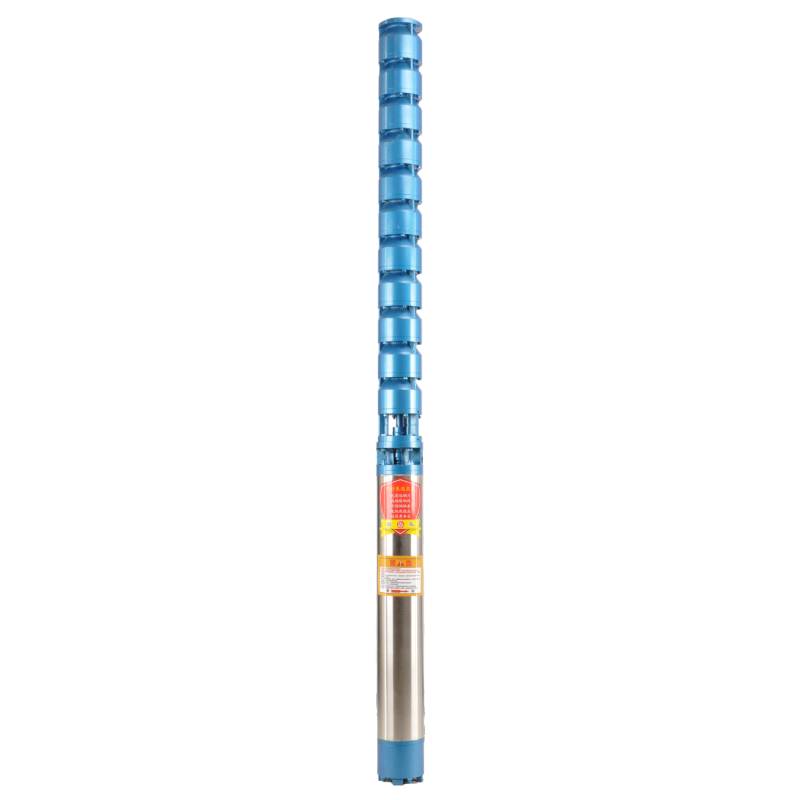Dec . 23, 2024 21:13 Back to list
submersible pump oil vs water filled
Submersible Pump Oil-Filled vs. Water-Filled
When it comes to submersible pumps, the decision between oil-filled and water-filled models is one that can significantly impact performance, maintenance, and longevity. Understanding the differences between these two types of pumps is essential for selecting the right equipment for your specific application.
What is a Submersible Pump?
A submersible pump is a device designed to operate while submerged in fluid, typically water. The primary function is to pump out water from wells, flooded areas, or to transfer liquids from one location to another. These pumps are hermetically sealed to prevent fluid ingress into the motor, making them ideal for underwater applications.
Oil-Filled Submersible Pumps
Oil-filled submersible pumps utilize oil within the motor casing to cool and lubricate the internal components. This type of pump relies on non-toxic oils, usually mineral-based or synthetic, which effectively dissipate heat generated during operation and prevent corrosion.
Advantages
1. Heat Dissipation The oil significantly enhances cooling efficiency. This is particularly crucial in high-load applications or for continuous operation, as it helps maintain optimal motor temperatures and minimizes thermal stress.
2. Longevity The lubrication provided by the oil reduces friction between moving parts, lessening wear and tear. As a result, these pumps tend to have a longer service life compared to their water-filled counterparts.
3. Corrosion Resistance Oil-filled pumps are less susceptible to corrosion since the oil creates a barrier against moisture and other corrosive elements. This makes them particularly suited for applications where the water may contain contaminants or abrasive particles.
4. Lower Maintenance Needs Due to better lubrication and protection from corrosion, oil-filled pumps often require less frequent maintenance, leading to reduced downtime and lower operational costs.
Disadvantages
1. Higher Initial Cost Oil-filled submersible pumps may come at a higher price point compared to water-filled options, which might deter some buyers, especially for straightforward applications.
submersible pump oil vs water filled

2. Environmental Concerns In the event of a leak, oil can pose serious environmental risks. Therefore, proper installation and maintenance are crucial to prevent contamination.
Water-Filled Submersible Pumps
Water-filled submersible pumps use the pumped fluid for cooling and lubrication. The water circulates around the motor and is usually drawn in through intake ports within the pump itself.
Advantages
1. Cost-Effective Generally, water-filled pumps are less expensive to purchase and maintain. They are an economical choice for less demanding tasks where high-performance attributes are not essential.
2. Environmental Safety Since these pumps do not contain any oil, there is less risk of environmental contamination due to leaks, making them a safer option for sensitive applications.
Disadvantages
1. Heat Management Water-filled pumps are typically less efficient in heat dissipation, especially in high-demand situations. Prolonged usage can lead to overheating and potential motor failure.
2. Corrosion Susceptibility While some water-filled models may have protective coatings, they are generally more susceptible to corrosion over time, particularly in harsh environments.
3. Maintenance Requirements Due to higher rates of wear and potential overheating, maintenance intervals for water-filled pumps may be more frequent, resulting in increased operational costs over time.
Conclusion
Choosing between an oil-filled and a water-filled submersible pump necessitates careful consideration of the specific application, environmental conditions, and budget constraints. Oil-filled pumps shine in demanding scenarios requiring efficient heat management and reduced upkeep, while water-filled pumps offer a budget-friendly and environmentally safer alternative for less intensive tasks. Ultimately, understanding the characteristics, advantages, and disadvantages of each type will help you make an informed decision that aligns with your operational needs. Whether you're dealing with agricultural irrigation, wastewater management, or groundwater extraction, selecting the right submersible pump can greatly enhance your system’s efficiency and reliability.
-
submersible-sump-pump-auto-drainage-for-crawlspaces
NewsAug.22,2025
-
solar-powered-stainless-steel-submersible-well-pump-setup
NewsAug.22,2025
-
stainless-steel-well-pump-flow-rate-optimization
NewsAug.22,2025
-
water-filled-submersible-pump-fish-farm-oxygenation
NewsAug.22,2025
-
submersible-pump-in-aquaculture-and-fish-farming
NewsAug.22,2025
-
deep-well-submersible-pump-for-drought-areas
NewsAug.22,2025
-
 submersible-sump-pump-auto-drainage-for-crawlspacesCrawlspaces, those narrow areas beneath homes, are prone to water accumulation due to leaks, groundwDetail
submersible-sump-pump-auto-drainage-for-crawlspacesCrawlspaces, those narrow areas beneath homes, are prone to water accumulation due to leaks, groundwDetail -
 solar-powered-stainless-steel-submersible-well-pump-setupHarnessing solar energy to power stainless steel submersible well pumps is a sustainable and coDetail
solar-powered-stainless-steel-submersible-well-pump-setupHarnessing solar energy to power stainless steel submersible well pumps is a sustainable and coDetail -
 stainless-steel-well-pump-flow-rate-optimizationIn various applications like agriculture, domestic water supply, and industrial use, the flow rate oDetail
stainless-steel-well-pump-flow-rate-optimizationIn various applications like agriculture, domestic water supply, and industrial use, the flow rate oDetail
